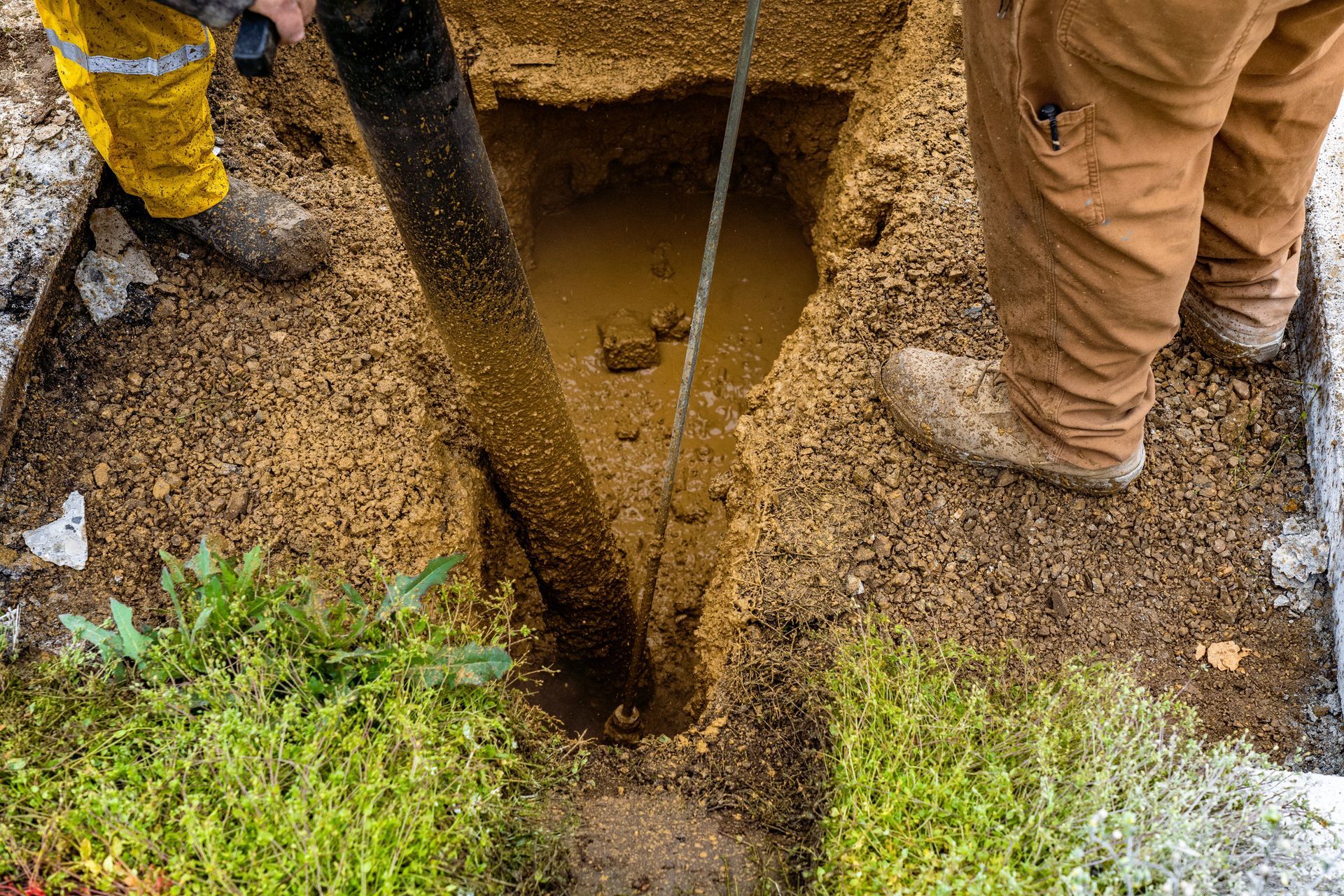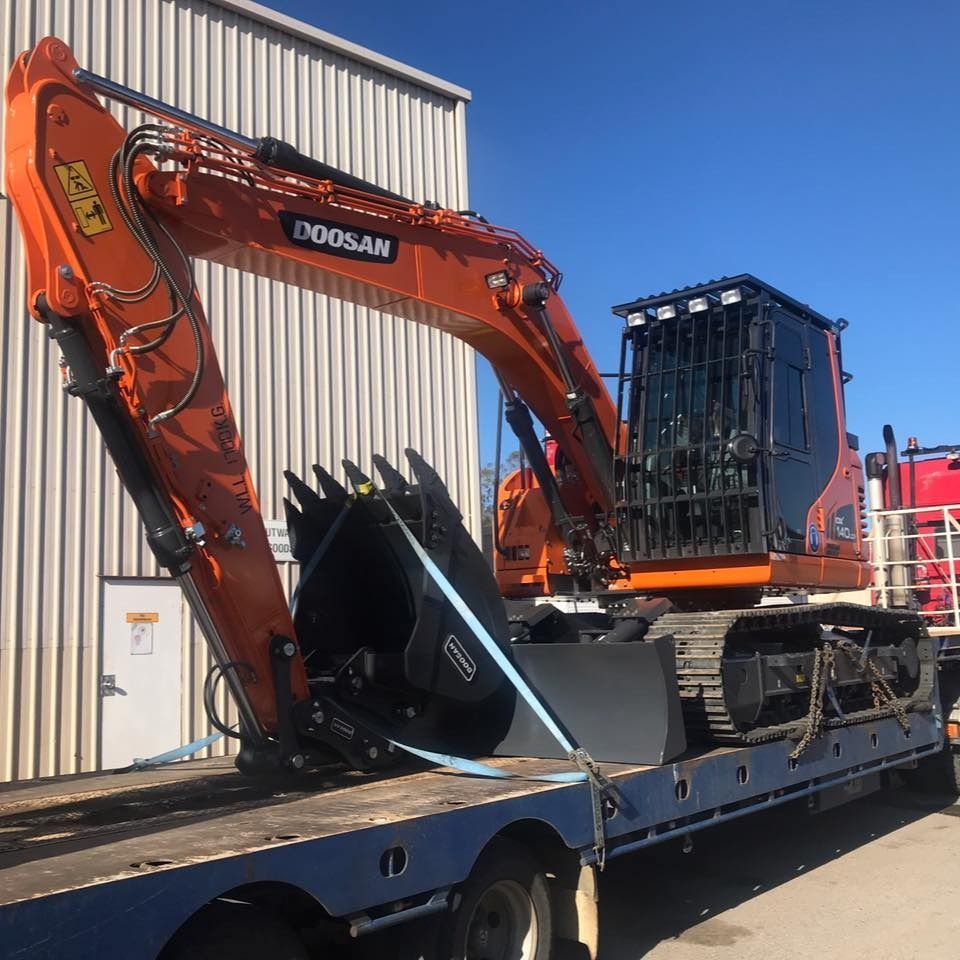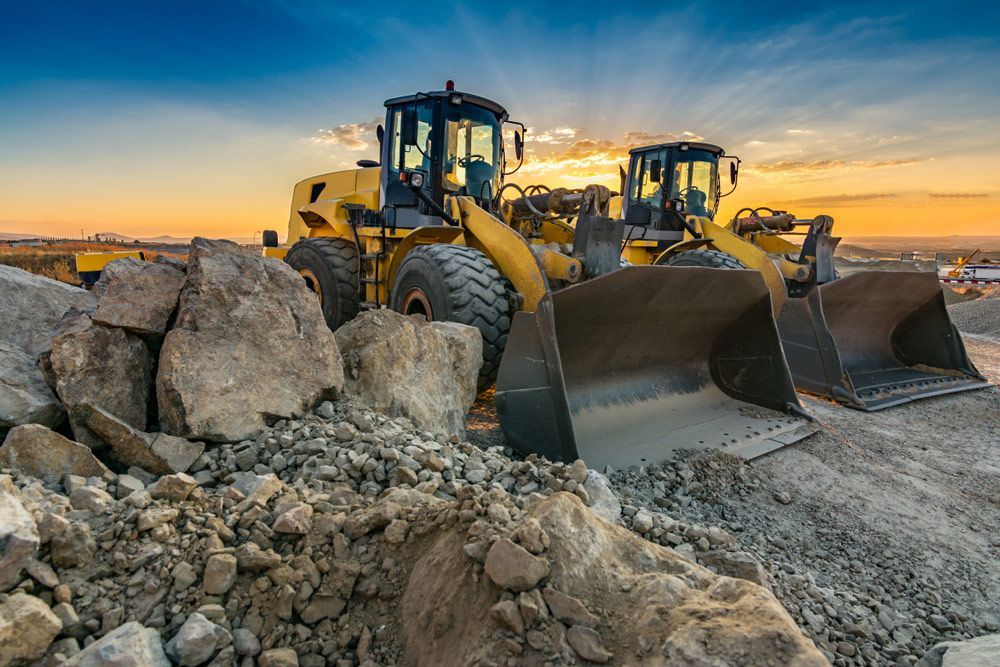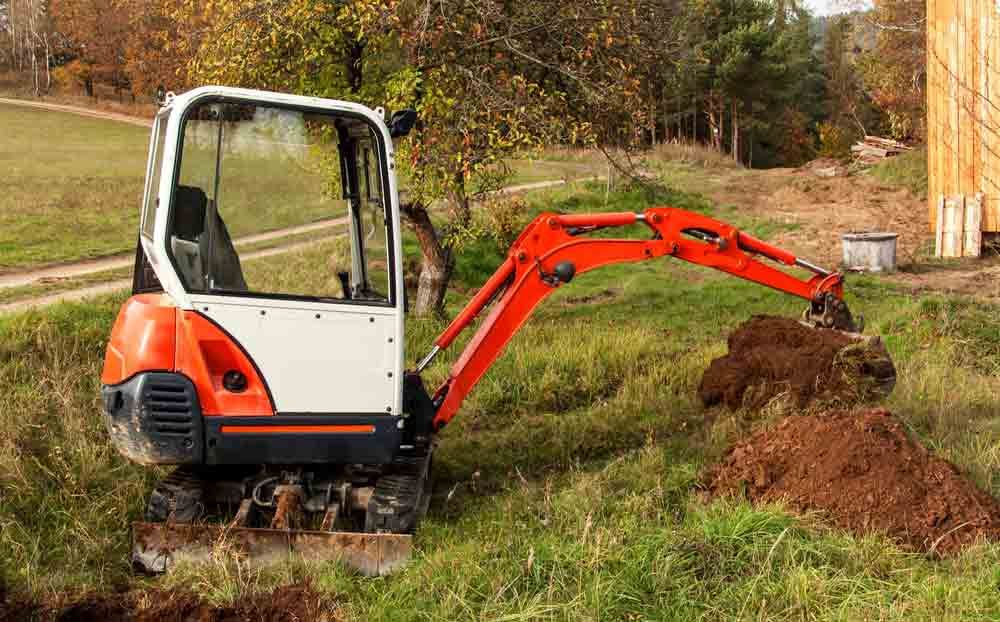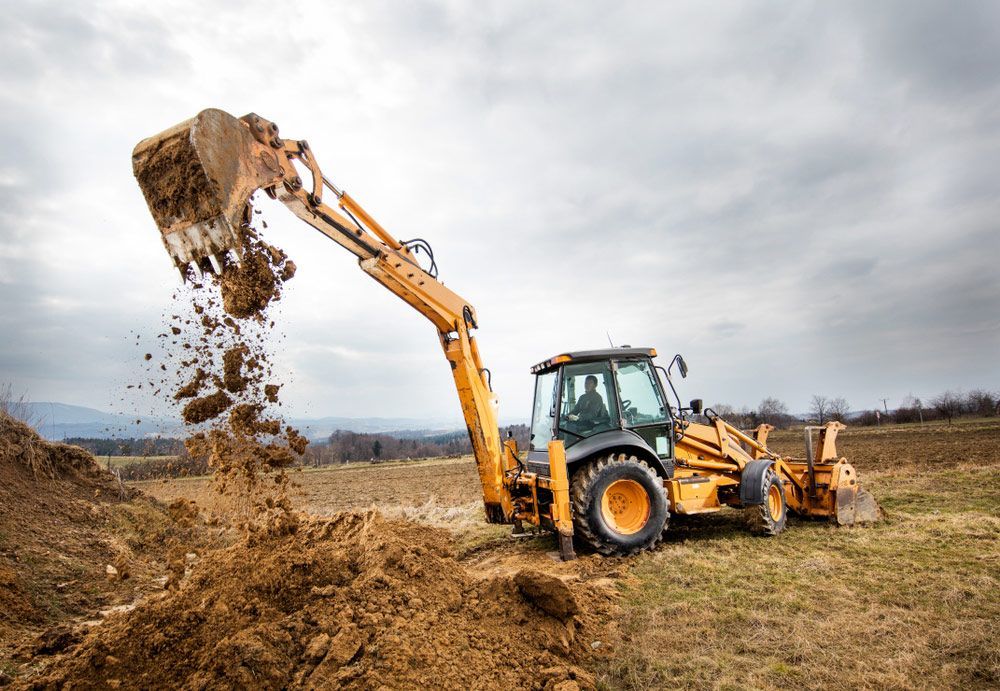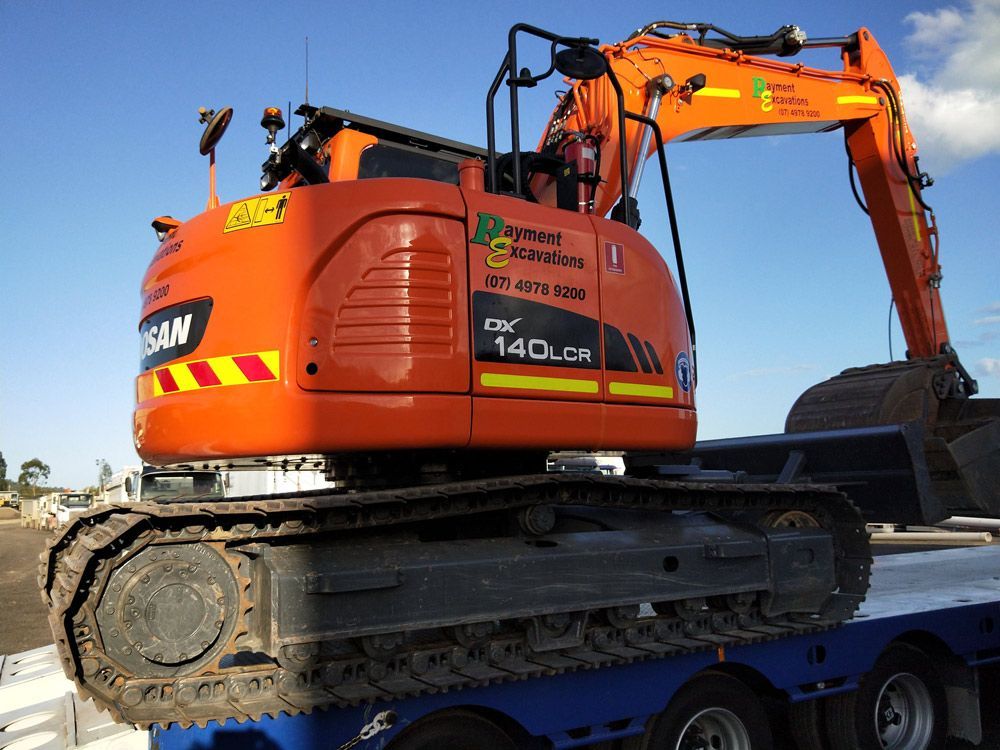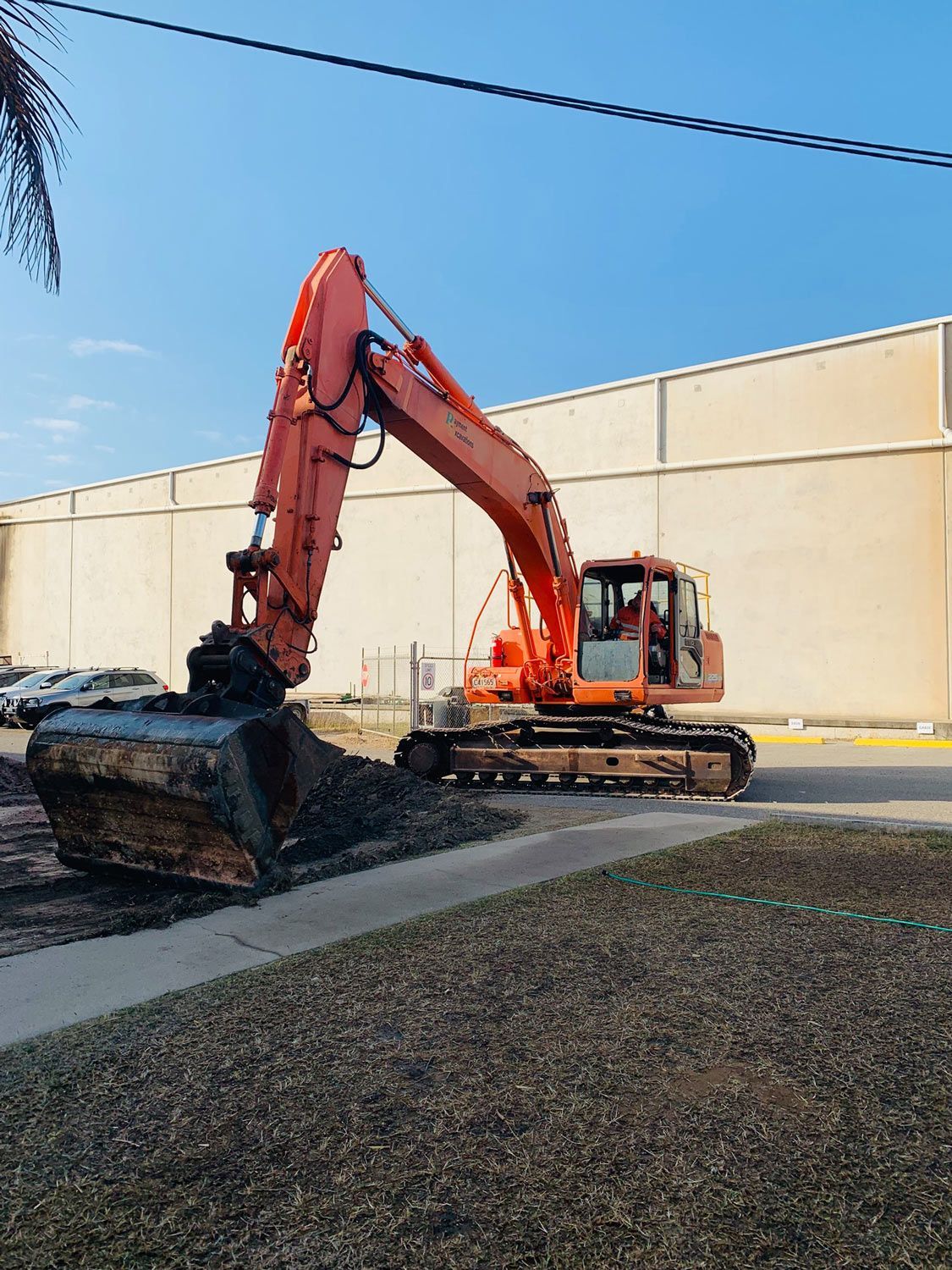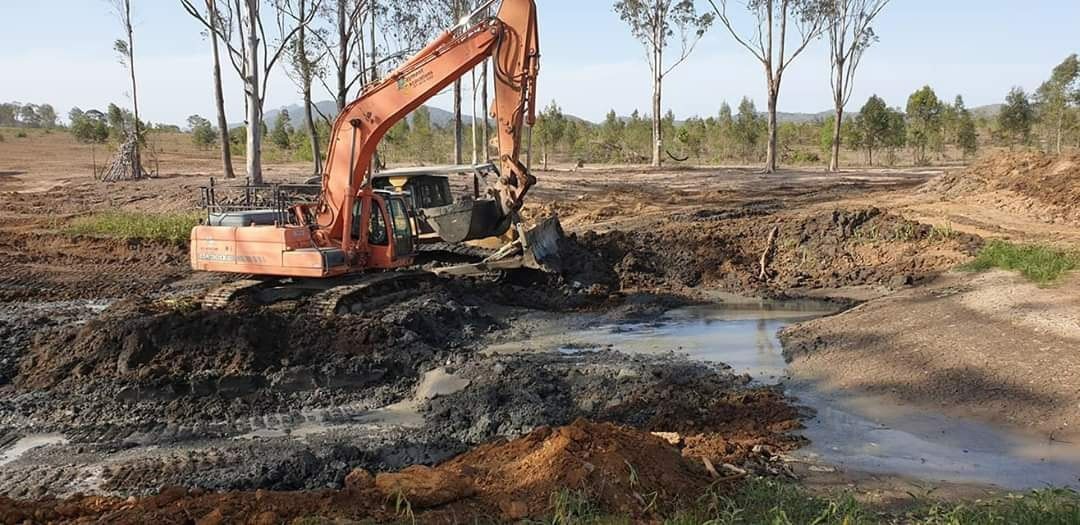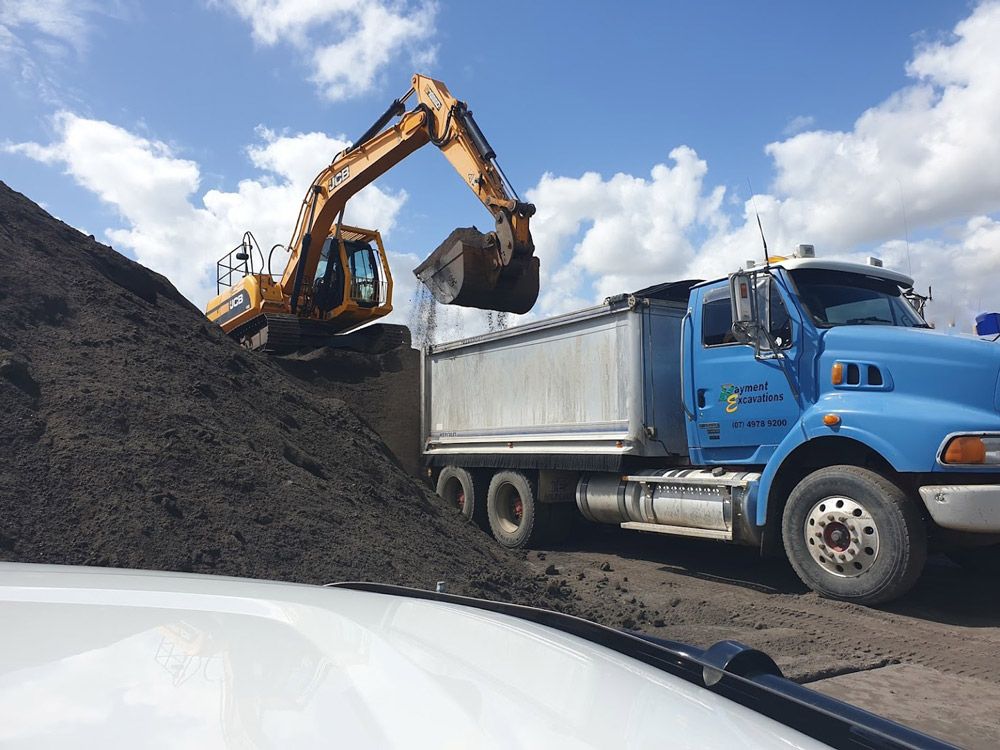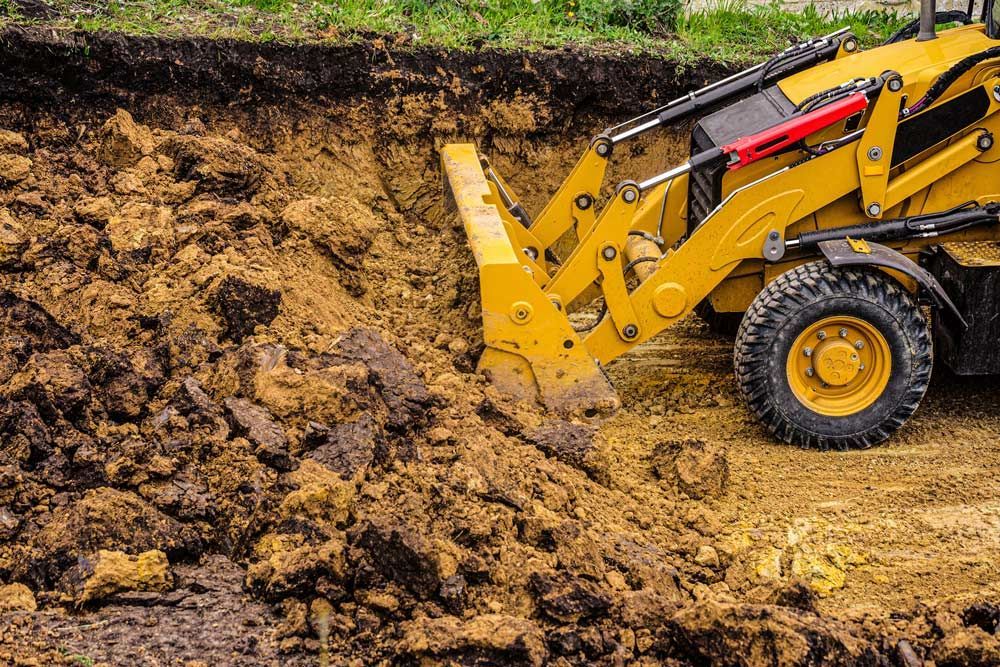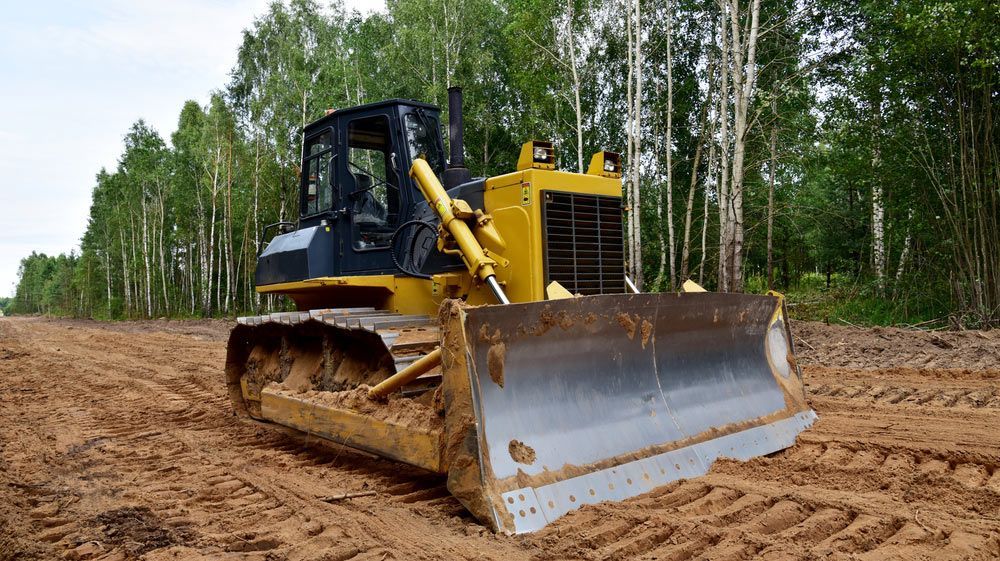Why Is Vacuum Excavation Better Than Traditional Excavation?
Vacuum excavation, also known as non-destructive digging (NDD), has transformed excavation across civil, industrial, and utility projects. Unlike traditional excavation methods that rely on heavy mechanical equipment and manual digging, vacuum excavation uses high-pressure air or water to loosen soil, which is then extracted via a powerful vacuum. This approach is significantly safer, more efficient, and less invasive. As infrastructure projects become more complex and regulations become more stringent, vacuum excavation is a modern, compliant, and practical solution.
Below, we’ll explore why vacuum excavation is a smarter alternative to traditional digging methods, particularly for projects that demand accuracy, speed, and reduced environmental disruption.
Reducing the Risk of Underground Utility Damage
Excavating areas with existing infrastructure always carries the risk of striking underground utilities. Hitting gas lines, power cables or water mains can result in severe service outages, costly repairs, and major safety hazards. Traditional excavation techniques offer limited visibility and control, increasing the potential for accidental strikes.
Vacuum excavation dramatically reduces these risks by:
- Using controlled air or water jets to dislodge soil safely.
- Allowing for a clearer, cleaner exposure of cables and pipes before mechanical digging continues.
- Eliminating the need for metal tools or blades to contact unknown underground services.
This nondestructive process ensures that excavation work can proceed confidently, especially in areas where utility mapping may be outdated or incomplete.
Enhancing On-Site Safety for Workers & the Public
Worker safety is paramount in any construction or civil works project. Conventional excavation equipment, such as backhoes, trenchers, and hand tools, can create unstable ground conditions, increase noise levels, and generate flying debris. These factors pose real risks to both workers and nearby residents.
Vacuum excavation supports safer operations by:
- Reducing the need for workers to enter trenches or handle soil manually
- Minimising the chance of cave-ins and utility ruptures that can lead to emergency incidents
- Producing less airborne dust and less disruptive noise during operation
The controlled vacuum excavation process ensures a safer worksite and significantly lowers the risk of workplace injury or property damage.
Achieving Greater Precision in Confined or Sensitive Areas
Urban environments, industrial facilities, and landscaped areas often have limited space and fragile surroundings. Traditional digging equipment can be too bulky or aggressive, resulting in unintended damage to pavements, buildings, trees or underground structures.
Vacuum excavation provides superior precision, especially in challenging areas:
- Easily accesses narrow or confined sites where traditional machines cannot operate
- Removes soil in tightly defined locations without disturbing the surrounding infrastructure
- Avoids over-excavation, which reduces backfilling requirements and restoration work
This makes vacuum excavation ideal for jobs near heritage buildings, fibre-optic cables, or tree root systems that require extra care and accuracy.
Reducing Environmental Disruption During Excavation
Environmental preservation is a growing priority on worksites, especially when digging close to ecosystems, gardens, or established trees. Traditional excavation methods often displace large volumes of soil, damage roots, and increase the footprint of the project site.
Vacuum excavation is inherently more environmentally responsible:
- Removes only the necessary volume of soil, leaving the surrounding areas undisturbed.
- Protects natural features like grass, trees, and underground ecosystems.
- Significantly reduces dust emissions and sediment runoff.
Whether used on a small residential block or a large infrastructure upgrade, vacuum excavation contributes to cleaner, greener site operations.
Streamlining Project Timelines with Minimal Rework
Delays and rework can inflate budgets and stretch project timelines. Traditional digging methods can lead to avoidable errors, such as utility damage, excess soil removal or trenching instability—each can set a project back by days or weeks.
Vacuum excavation keeps projects on schedule by:
- Allowing for fast and accurate exposure of subsurface infrastructure
- Minimising unexpected incidents that require additional remediation
- Reducing clean-up, restoration, and rectification work thanks to minimal ground disturbance
This method supports more predictable and efficient project delivery by eliminating common setbacks associated with conventional excavation.
Operating Effectively in Challenging Weather or Soil Conditions
Wet weather, clay-heavy soil, frozen ground, or tight urban sites can limit the effectiveness of traditional excavation. Heavy equipment can become bogged down or struggle with compacted material, delaying the progress of a job.
Vacuum excavation handles adverse conditions with ease:
- Heated water options can break through frozen or compacted ground effectively.
- Works on steep or uneven surfaces where mechanical equipment might not be safe.
- Continues operation in rainy or muddy conditions, reducing downtime.
This adaptability makes it an all-weather, all-terrain solution for contractors needing consistent productivity.
Supporting Compliance with Utility Locating Regulations
With the rise of Dial Before You Dig initiatives and utility asset protection standards, contractors are under increasing pressure to avoid utility strikes and prove their duty of care. Many councils, asset owners and utility companies require the use of NDD before granting excavation permits.
Vacuum excavation ensures full compliance by:
- Providing a verifiable, non-destructive method of utility exposure.
- Reducing liability by adhering to Australian Standards for safe excavation.
- Supporting documentation and reporting as part of regulatory requirements.
This protects workers and infrastructure and helps avoid costly delays associated with regulatory breaches.
Offering Versatility Across Multiple Civil & Commercial Applications
One of vacuum excavation’s biggest advantages is its broad applicability. It is widely used in industries such as telecommunications, construction, utilities, transport, mining, and environmental services.
Common applications include:
- Locating utilities before drilling, trenching or pile driving
- Safely exposing cables and pipes for inspection, maintenance, or repair
- Clearing blockages or debris from drains, pits and culverts
- Excavating around live electrical or gas infrastructure without disruption
From major infrastructure projects to sensitive asset maintenance, vacuum excavation adapts to various job types, making it a valuable tool across multiple sectors.
Make the Switch to Safer Excavation Methods
At Rayment Excavations, we provide vacuum excavation services that deliver safer, faster, and more precise outcomes than traditional methods. Whether you’re managing a civil project, maintaining underground assets, or working in a sensitive location, our non-destructive digging solutions ensure your site remains secure, efficient and environmentally sound.
Get in touch via our contact page or
give us a call to arrange a consultation or to learn more about how our
vacuum excavation services
can benefit your next project.

